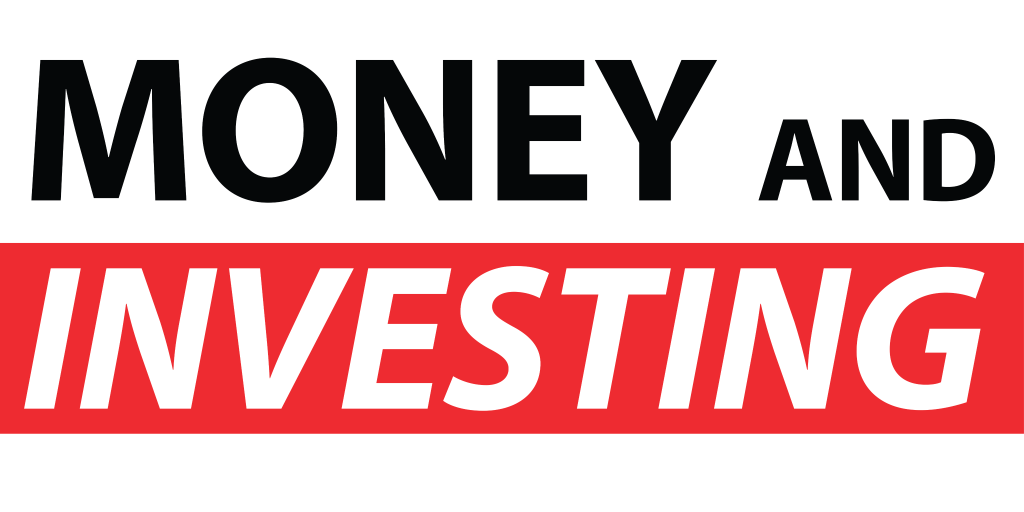Starting from zero can feel daunting. But whether it is 5,000,5,000,10,000, or $100,000, investing the right way will always help you build a investment portfolio. Moreover, outlining concrete goals and understanding the suitable risk management steps to achieve those goals will improve your chances of success.
Begin Financial Planning with Clear Goals
Make sure that financial goals are concise, realistic, and measurable. Aiming to simply “make money” is too broad. What are you wanting? If it is income, growth or a balance of both. Active or passive investor. A loose framework answering these questions will help make a tailored strategy.
Income focused investors may prefer dividend paying stocks, while someone seeking growth would lean towards companies with strong prospective capital appreciation. It’s equally important not to ignore risk appetite. Knowing your risk appetite is equally critical. Undergoing a risk assessment questionnaire, available online and through financial planners, can clarify whether you are more conservative or on the higher side of the risk scale.
Investments should always be aligned with the risk appetite.
If more conservative, like someone who focuses on long term wealth accumulation, expectations of excessive high returns may need to be dialed back greatly. Remember, it’s not just about rewards when managing risk, there’s plenty of uncertainty with investing too that people dislike. Creating a balanced approach to comfort level while managing risk helps provide the best chance of success.
Family or partner investors should also take into consideration the different risk tolerances within the group. For instance, different ages or retirement schedules may affect the investment horizon. Communicating these differences is crucial to create a collaborative strategy.
Select Appropriate Investment Vehicles
With well-defined goals alongside an appropriate risk appetite, aligned investment vehicles can be selected. At the stock market, these include direct shares and listed ETFs (exchange-traded funds) as well as options strategy.
-
- Direct Shares: Acquiring company shares is simple but ongoing research and monitoring are necessary.
- ETFs: Passively managed, these are great for traders looking for broad sector exposure as they incur lower transaction costs relative to sectors or indices.
- Options: These are more complex but may be used for income or growth based on the strategy employed.
Using the stock market as an example, income-generating stocks provide steady cash flow, while growth stocks offer capital appreciation. It is also crucial to understand dividend yield since some stocks may not issue dividends.
Construct a Diversified Portfolio
Mitigating risk and optimising potential return makes for a compelling portfolio. A popular approach is the 80/20 rule, where 80% of the capital is allocated to conservative investments and 20% to riskier plays. This combination gives growth while also ensuring stability
Investors interested in a specific niche, like airlines, can buy sector-specific ETFs, while passive investors are likely to prefer ETFs based on broader market indexes. Additional income can be generated from options strategies like selling covered calls alongside dividends.
Oversee Your Investments
Your portfolio is a snapshot of where you are in the markets. Managing is just as important. Over managing (buying and selling based on emotional impulse) and under managing (neglecting to attend to slow movers) are both common, and unforgivable, errors.
Evaluate if certain set milestones are achieved until investments are assessed. Stop consistently underperforming and reallocating funds instead of holding on to dead weight. Just adding investments to ensure variety is diversification; do not do this unless there is reason.
Imparting Knowledge
Education is just as important and helps sharpen skills. Avoiding lessons is a shunned trait, but for learning the proper techniques, money spent can be saved. Take the time to learn beforehand to save millions. Knowing how to risk manage and navigate potential dangers is critical.
Good reporting, transparent fees, educational resources, and reliable brokers and platforms improve outcomes and strategies. Accessing knowledgeable and experienced professionals helps in making well-informed decisions and strengthens faith in devised strategies, whether through a brokerage or advisory network.
Build a Investment Portfolio
Crafting a successful investment portfolio begins with defining specific objectives and identifying the level of risk one is willing to undertake, alongside determining the appropriate asset allocation. Whether your focus is on capital preservation, wealth accumulation or both, being well-informed and exercising self-discipline are absolute essentials. While investing can be a lucrative undertaking, it is critically important to have the right mindset and the proper support.
Start today. The earlier you commence, the quicker time starts working in your favor.



